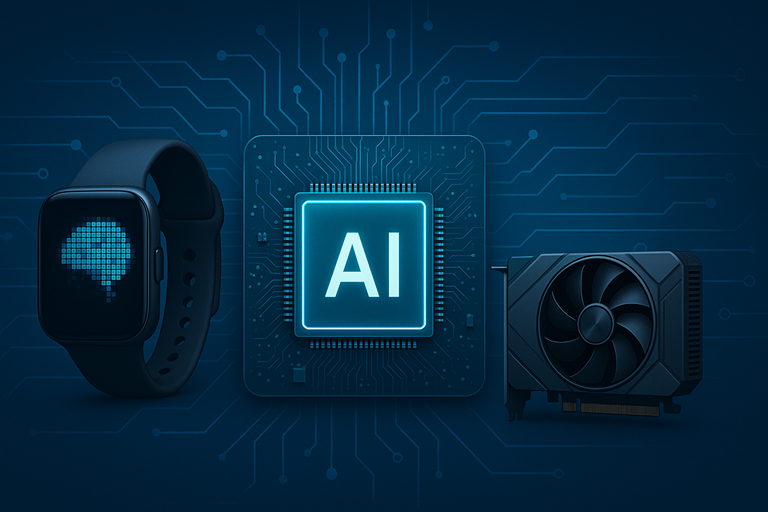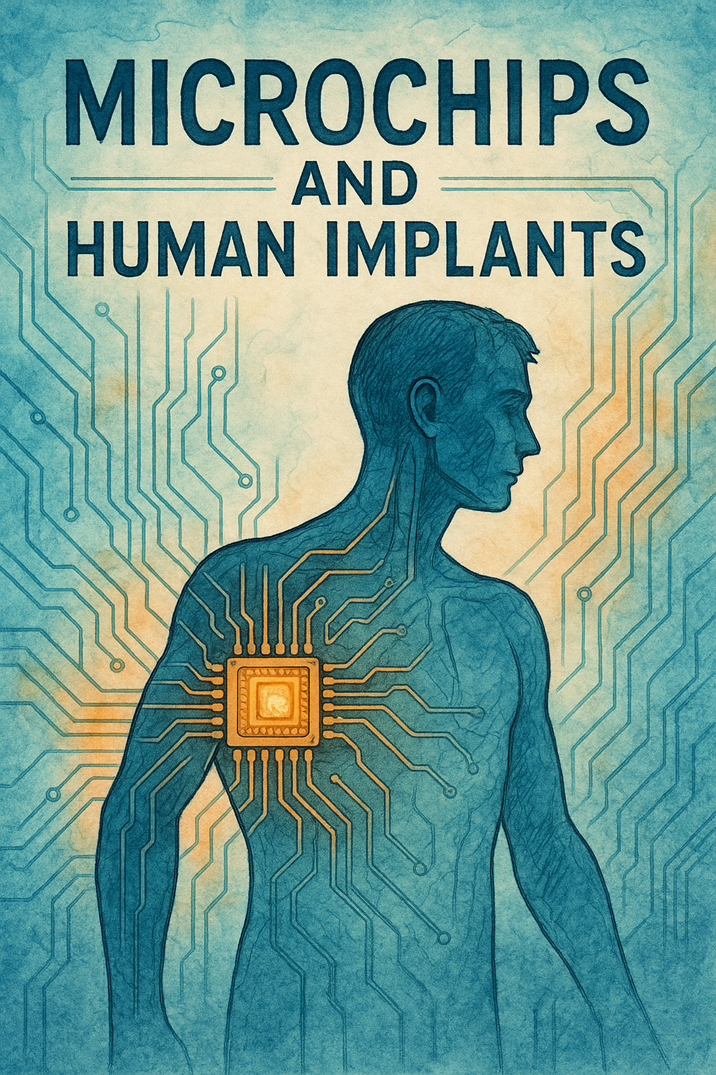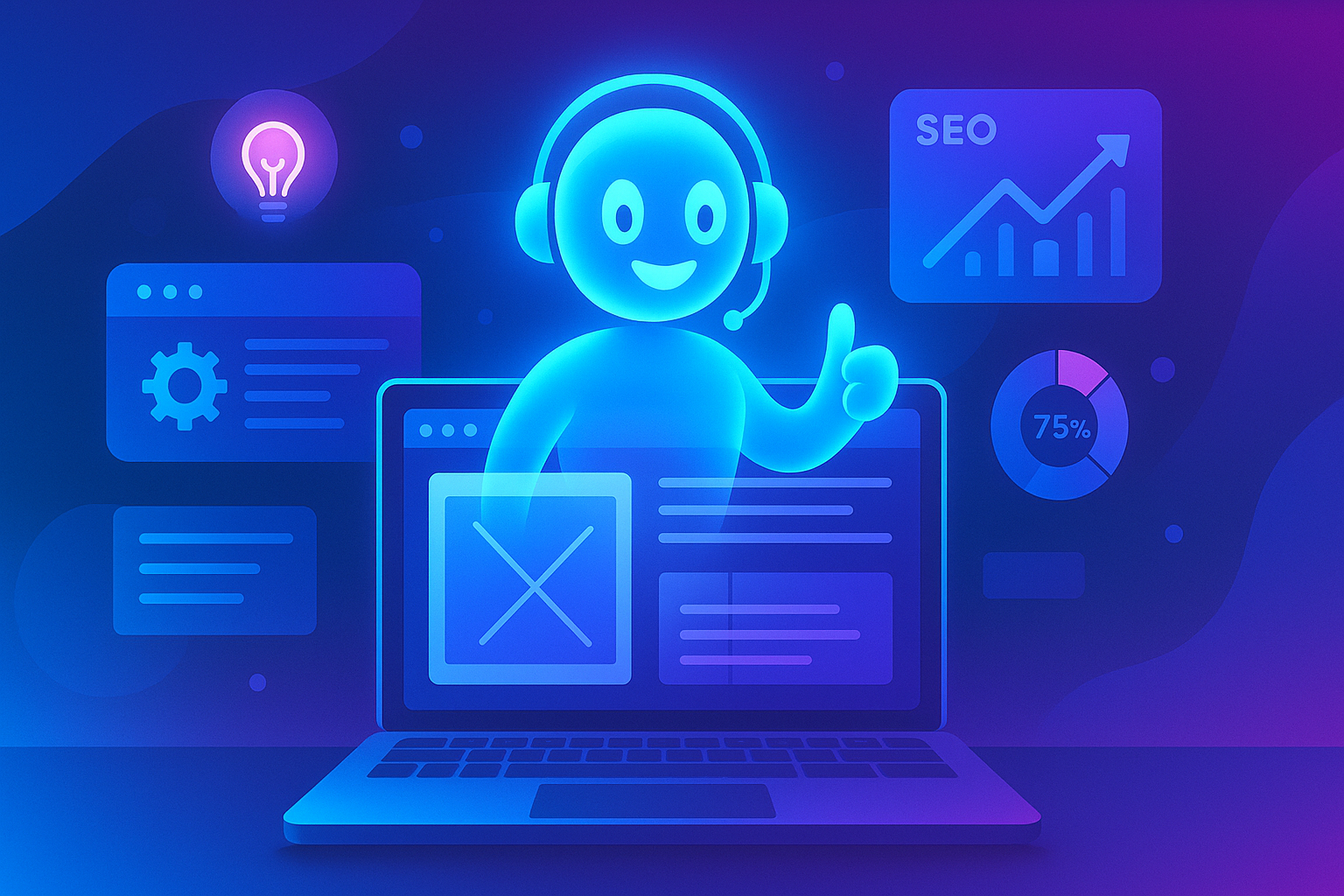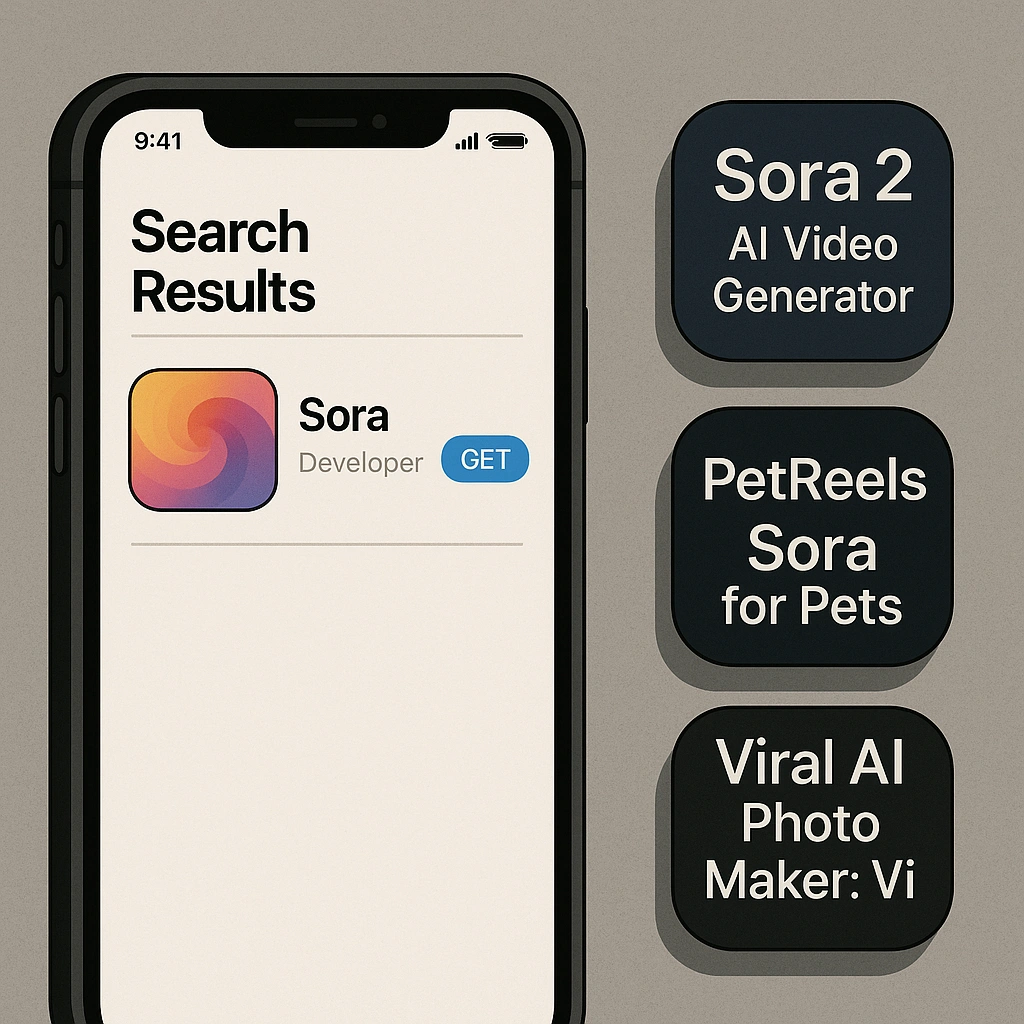In the fast-paced world of software development next-gen hardware for developers is transforming the way we code, test, and deploy in 2025, hardware advancements don’t just make life easier — they redefine what’s possible. In 2025, we’re seeing a new wave of processors, GPUs, and specialized devices designed specifically with developers in mind. From AI-optimized chips to portable powerhouse machines, here’s what’s shaping the future of coding, compiling, and creating.

1. AI-Centric CPUs and NPUs
Traditional CPUs are no longer the only brains in the system. The spotlight is shifting to NPUs (Neural Processing Units) — dedicated chips designed to handle AI and machine learning tasks natively.
- Intel Lunar Lake: Scheduled for late 2025 laptops, this architecture brings a massive leap in AI performance per watt, letting developers train and run models locally without relying on cloud GPUs.
- Apple M4 Pro/Max: Apple’s latest silicon doubles down on AI acceleration, enabling near real-time image recognition, speech synthesis, and code completion.
For developers, this means faster prototyping, more privacy, and reduced reliance on expensive cloud compute.
2. GPUs Built for More Than Gaming
GPUs have been central to AI workloads for years, but 2025 hardware is going beyond raw power.
- NVIDIA Blackwell Series: Designed for both deep learning and massive data analytics, these GPUs offer new low-power modes that make AI workloads viable on smaller, quieter setups.
- AMD Instinct MI400: AMD’s latest data-center GPU is winning attention for its efficiency in mixed workloads — perfect for devs building scalable AI-driven applications.
3. Portable Powerhouses
Gone are the days when “developer laptops” meant bulky workstations tethered to an outlet.
- Framework Laptop 16 (2025): Fully modular, repairable, and now with GPU expansion slots, it’s the ultimate choice for devs who want performance and sustainability.
- Razer Blade AI Edition: Packs a dedicated NPU alongside a high-end GPU, making it ideal for mobile AI testing, Unreal Engine builds, and heavy local workloads.
4. Hardware for Cloud-Native Development
With more developers building in containerized, cloud-first environments, 2025 brings hardware tailored for that workflow.
- Edge AI servers like NVIDIA Jetson Orin Nano Developer Kit now support Kubernetes clusters at home, allowing devs to test production-like environments locally.
- Compact ARM-based dev boards (such as Pine64 Ox64) make cross-platform app testing cheaper and faster.
5. The Rise of Dev-Focused Peripherals
The right accessories can massively boost productivity:
- Mechanical keyboards with programmable macros (like the Keychron Q Pro series) streamline repetitive coding tasks.
- Ultra-wide 5K monitors now integrate split-screen firmware, allowing multiple VM or IDE windows without GPU overload.
- VR headsets like Meta Quest Pro 2 are even being adopted for immersive debugging in 3D environments.




